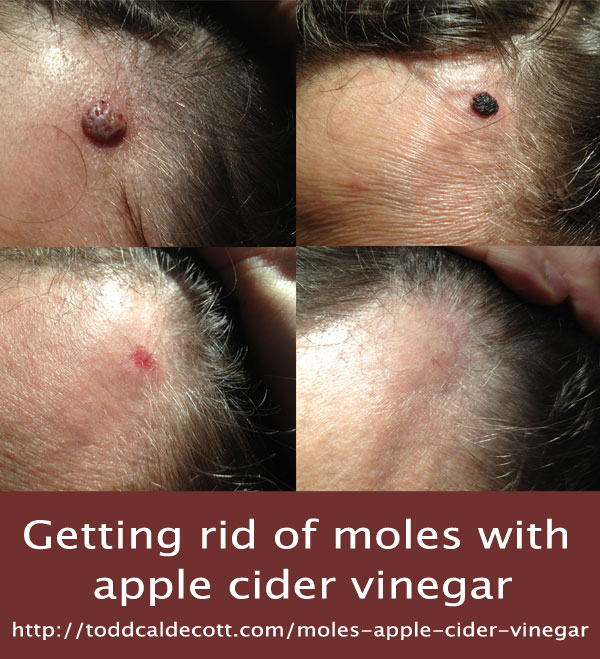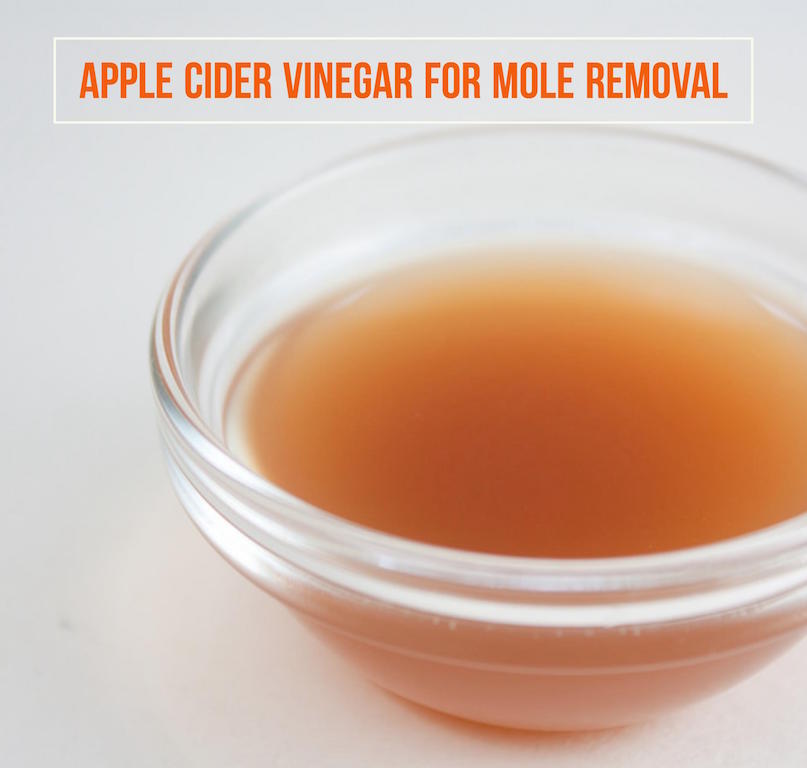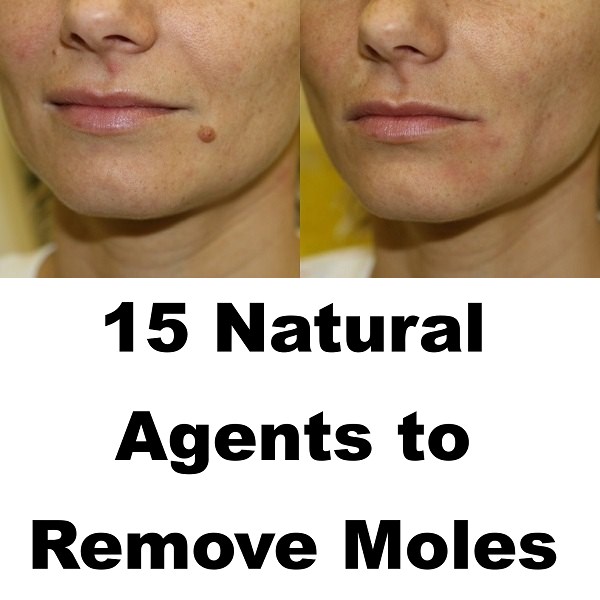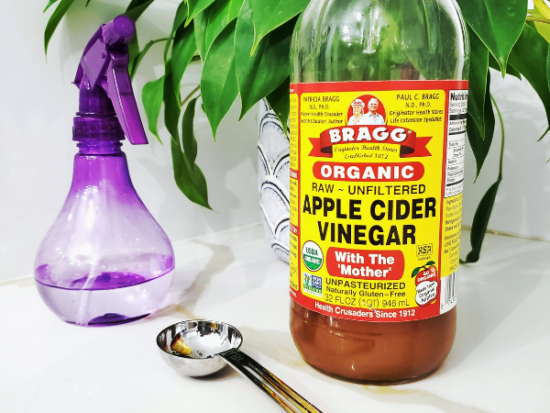Does Apple Cider Vinegar Get Rid Of Moles

Urgent health alert: Apple cider vinegar (ACV) as a mole removal method is gaining traction online, but dermatologists are strongly warning against its use due to significant risks.
This article clarifies the dangers of using ACV to remove moles, citing expert opinions and potential complications while offering evidence-based alternatives.
Dermatologists Warn: ACV Mole Removal is Dangerous
The purported effectiveness of apple cider vinegar (ACV) in removing moles has been circulating on social media platforms like TikTok and YouTube, fueling a dangerous trend.
Medical professionals, including dermatologists from the American Academy of Dermatology, are vehemently opposing this practice, citing potential for severe skin damage.
Dr. Sarah Miller, a board-certified dermatologist, explains, "Applying ACV to a mole can cause chemical burns, scarring, and even delay proper diagnosis of potentially cancerous moles."
What the Science Says: No Evidence of ACV Efficacy
There is absolutely no scientific evidence supporting the claim that ACV can safely or effectively remove moles.
Moles are skin growths composed of melanocytes, and ACV's acidic properties cannot selectively target and destroy these cells without harming surrounding healthy skin.
Furthermore, attempting to self-treat moles with ACV delays professional diagnosis, potentially allowing cancerous moles to progress untreated.
Risks Associated with ACV Mole Removal
Using ACV to remove moles can lead to a variety of adverse reactions.
These include: Chemical burns, which can cause significant pain, blistering, and long-term scarring.
Hyperpigmentation or hypopigmentation, resulting in permanent discoloration of the skin.
Infection, as the compromised skin barrier becomes vulnerable to bacteria.
Delayed cancer diagnosis: potentially life-threatening situation, if a mole is cancerous.
The Importance of Professional Mole Checks
Regular skin checks by a board-certified dermatologist are crucial for early detection of skin cancer.
Dermatologists use specialized tools and techniques, such as dermoscopy, to examine moles closely and identify any suspicious characteristics.
The ABCDEs of melanoma (Asymmetry, Border irregularity, Color variation, Diameter >6mm, Evolving) serve as a guide for identifying potentially cancerous moles.
Safe and Effective Mole Removal Options
If a mole is bothersome or suspected to be cancerous, a dermatologist can perform a biopsy or remove it surgically.
Common mole removal techniques include: surgical excision, shave excision, laser removal (for benign moles that are only a cosmetic concern).
These procedures are performed under sterile conditions with local anesthesia, minimizing the risk of complications and ensuring proper pathological evaluation.
Who is at Risk?
Anyone who attempts to remove moles with ACV is at risk of experiencing adverse reactions.
This includes individuals who are influenced by social media trends or seek cost-effective, at-home solutions.
Those with a history of skin sensitivities, allergies, or compromised immune systems may be particularly vulnerable to complications.
Where is this Happening?
The spread of misinformation regarding ACV mole removal is primarily occurring online, through social media platforms and various websites.
This has led to individuals attempting self-treatment in their homes, often without proper knowledge or precautions.
When did This Start?
While anecdotal claims about ACV's benefits have existed for some time, the current trend of using it for mole removal has gained significant momentum in recent years, coinciding with the rise of social media influence.
How is This Misinformation Spreading?
The spread of misinformation is fueled by viral videos, blog posts, and online forums promoting unsubstantiated claims about ACV's efficacy.
The lack of regulation and oversight on these platforms allows false and dangerous information to proliferate unchecked.
Next Steps and Ongoing Developments
The American Academy of Dermatology and other medical organizations are actively working to raise awareness about the dangers of ACV mole removal.
Public health campaigns are being implemented to educate individuals about the importance of professional skin checks and evidence-based treatments.
If you have used ACV to remove a mole, seek immediate medical attention from a dermatologist to assess any potential damage and ensure proper monitoring.


















